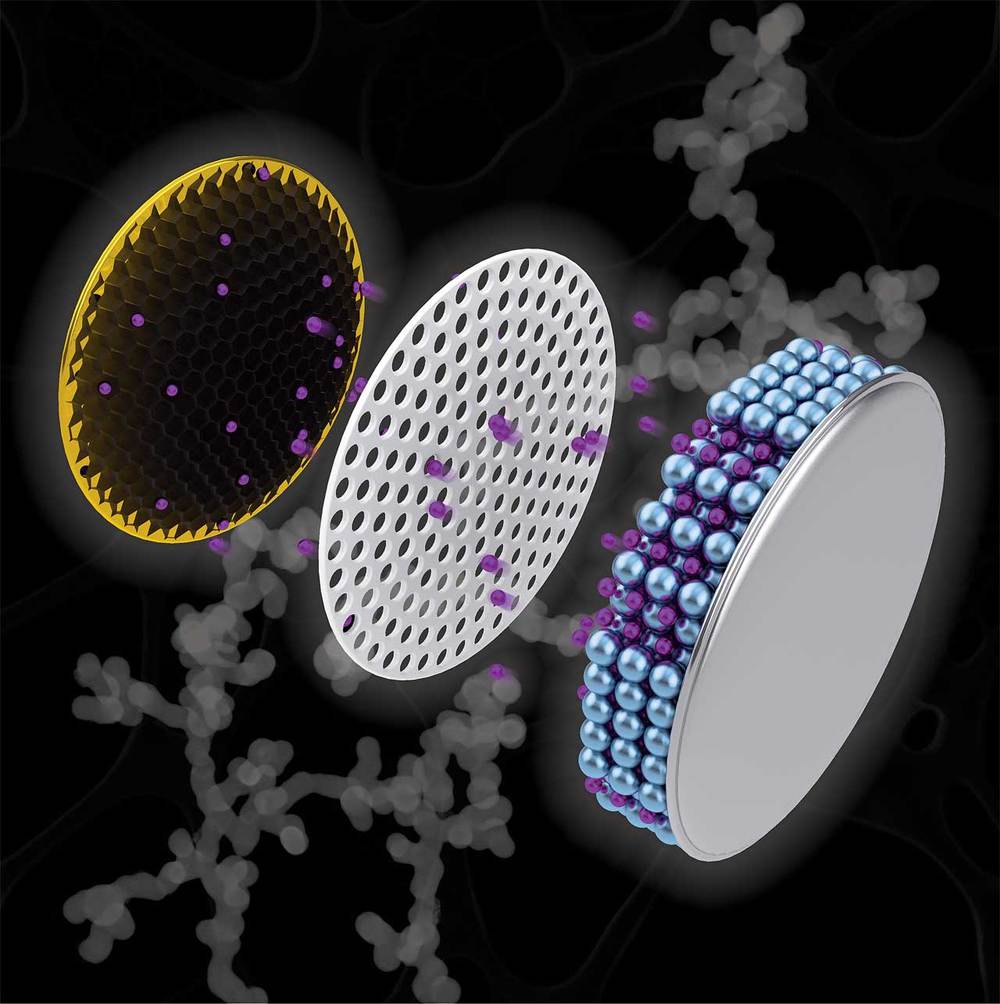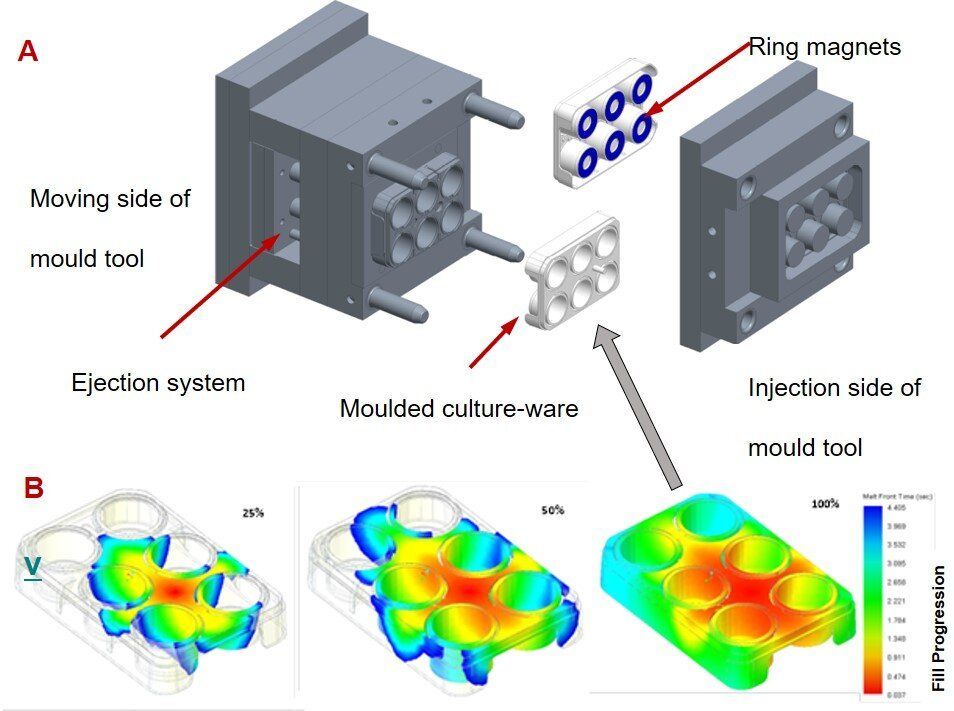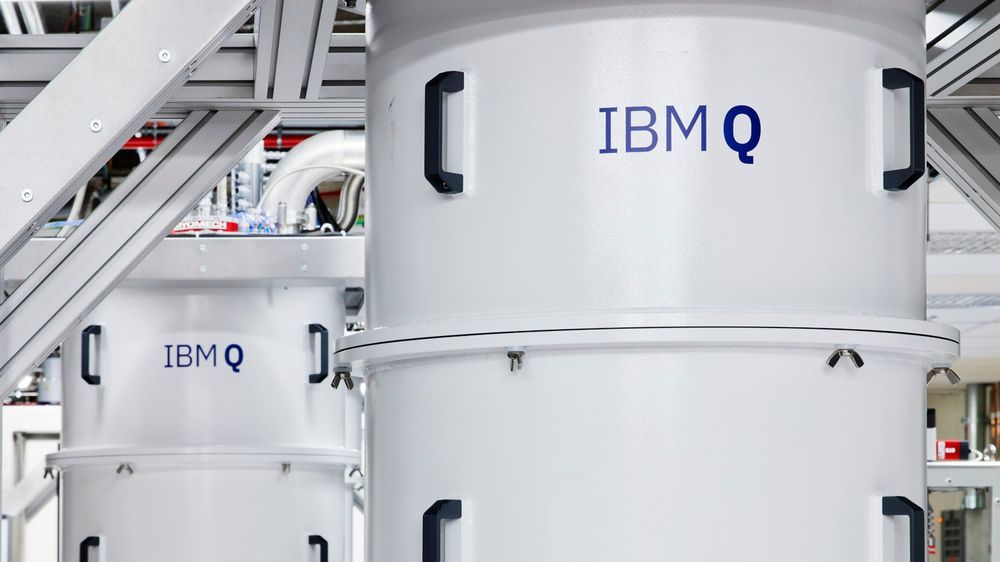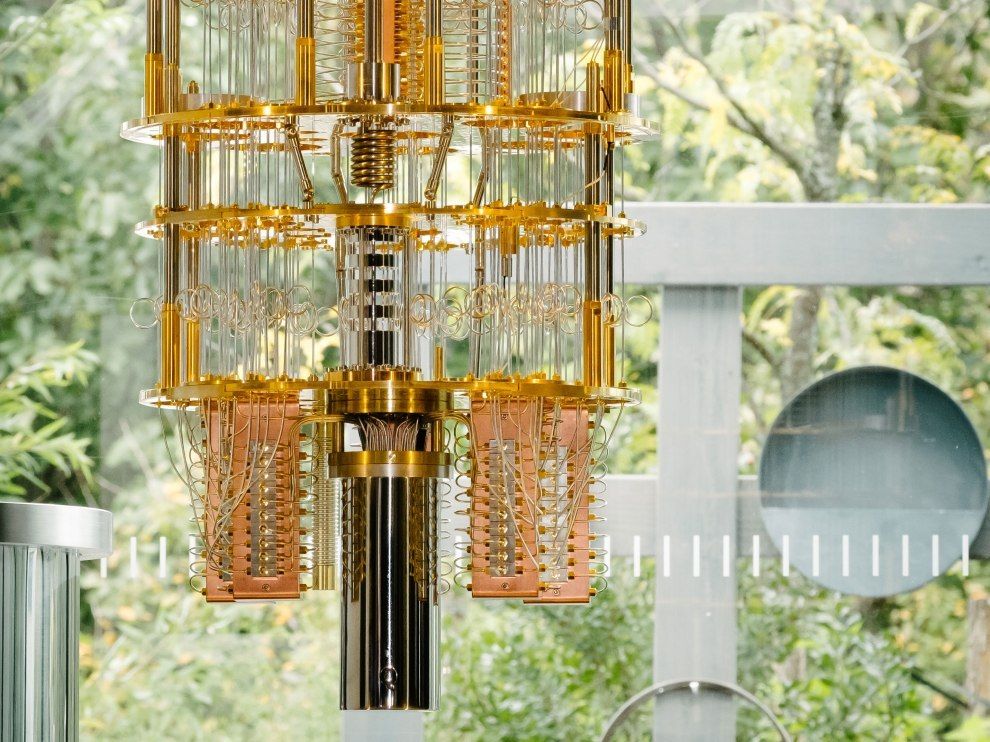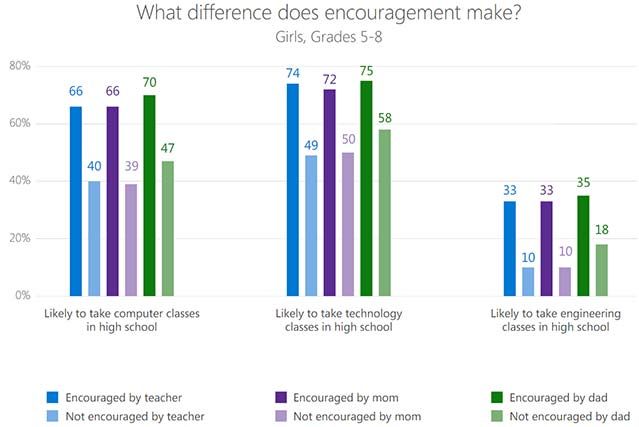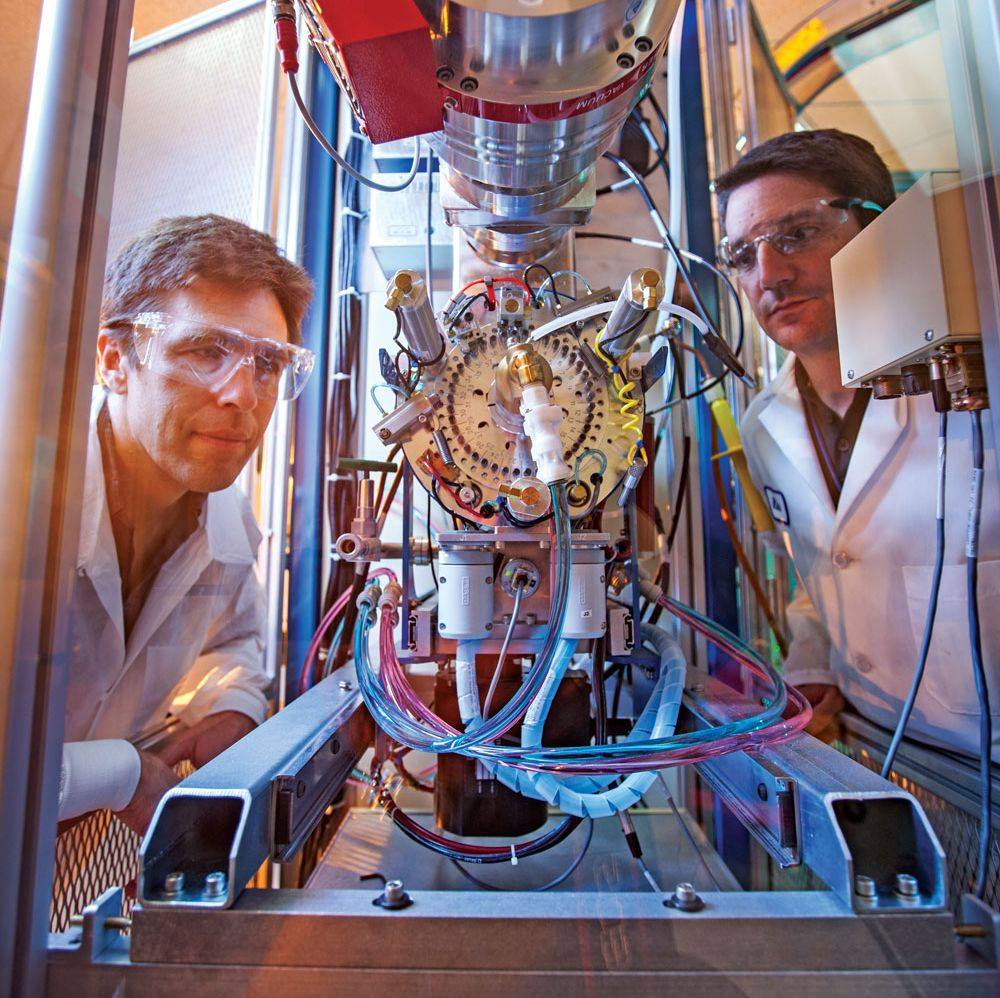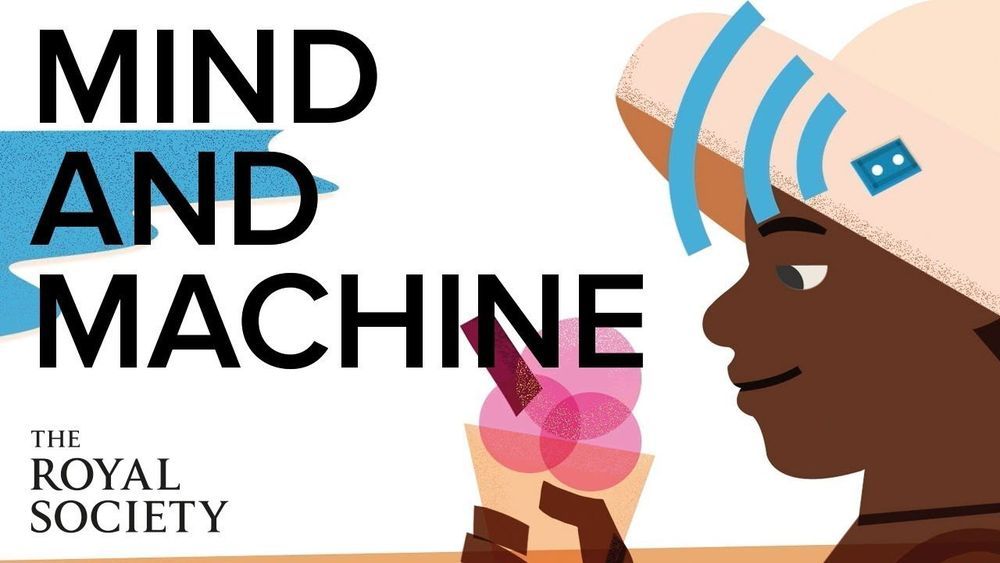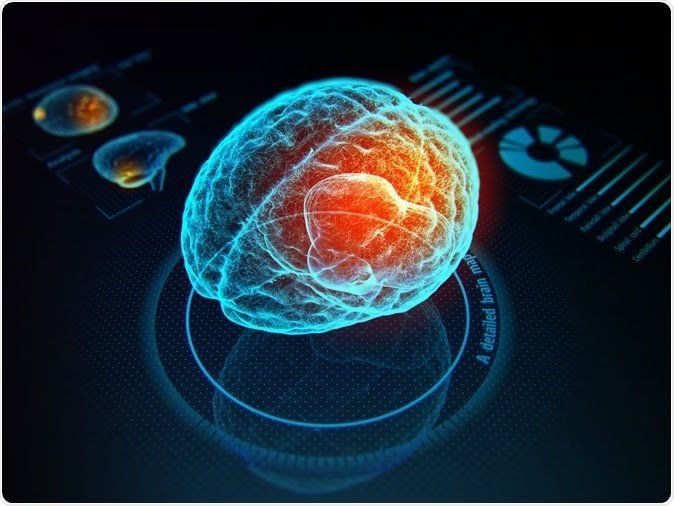Generally girls lose interest in STEM careers as they get older. But, according to a new study, small changes at school and at home can have a profound impact on how girls perceive STEM careers, how confident they feel in class and how likely they are to pursue STEM academically and into their careers.
The study, “Closing the STEM Gap,” published today by Microsoft, surveyed more than 6,000 girls and young women on their interests and perceptions of science, technology, engineering and math. It found that girls tended to lose interest in STEM as they headed toward adulthood. And, by the time they’d finished high school, their interest had dropped substantially. For example, the report found that interest in computer science among females dropped 27 percentage points between middle school and college. According to the report: “In middle school … 31 percent of girls believe that jobs requiring coding and programming are ‘not for them.’ In high school, that percentage jumps up to 40. By the time they’re in college, 58 percent of girls count themselves out of these jobs.”
But, the study found, countermeasures both large and small can have a profound effect, including:
